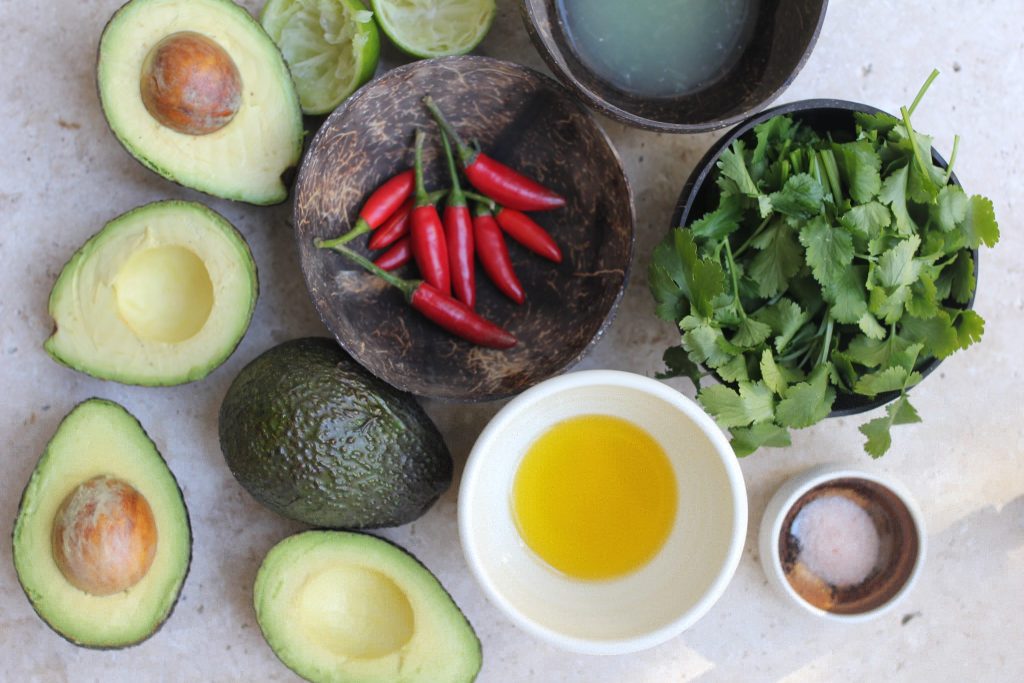It will be no surprise to our audience that we have long been fans of “superfoods” (also called functional foods) and include them in our diet as much as possible. However, there has also been criticism around the use of the term ‘superfood’, as it is unregulated and regarded by many as merely a marketing tool. So much so that the term “superfood” has even been banned in Europe.
The dictionary defines a superfood as “a nutrient-rich food considered to be especially beneficial for health and well-being”. However, the term is not used frequently in scientific literature and therefore often dismissed as a marketing tactic. We were happy to see though that the Harvard Medical School has listed 10 ‘superfoods’ to boost a healthy diet, being berries, fish, leafy greens, nuts, olive oil, wholegrains, yogurt, cruciferous vegetables, legumes and tomatoes.

Due to differences in interpretation and perception, it seems important to clarify our view.
That is, ‘superfoods’ to us means foods that have a superior nutritional profile. They are often in powder form containing a number of nutrient dense whole foods (preferably organic), for use as a supplement.The latter provides a good alternative to commercial, synthesised nutrients, even though these also have an important place in healthcare when used correctly.
The emergence of the so called superfoods occurred in a context of an ever increasing dominance of highly processed convenience foods. These foods contain very few nutrients, excess sugar and often contain a range of chemicals and genetically modified ingredients. If the term “superfood” helps to steer people towards more nutrient dense foods, it seems beneficial to us.

The most important consideration for both forms of supplementation is quality.
The use of superfoods should also be in combination with a balanced and healthy diet, not instead of. Our bodies require a plentiful supply of nutrients for all biochemical processes. Whilst the use of the word superfood has come under fire with accusations of ‘false claims’, the underlying theory has been lost.
Our understanding of superfoods is not that they are a “cure” or a guaranteed prevention of disease, but that they provide a range of essential nutrients to support the body and its innate ability to stay healthy. It is one component, with others including hydration, stress reduction (via nervous system regulation and rituals which support this), movement and exercise, quality sleep, healthy relationships, and restoredconnections with ourselves, others and our environment.
What are our favourite superfoods to use and why?
Check out our article listing our superfood pantry staples including information about their health benefits and ideas for how to incorporate them into your diet.







